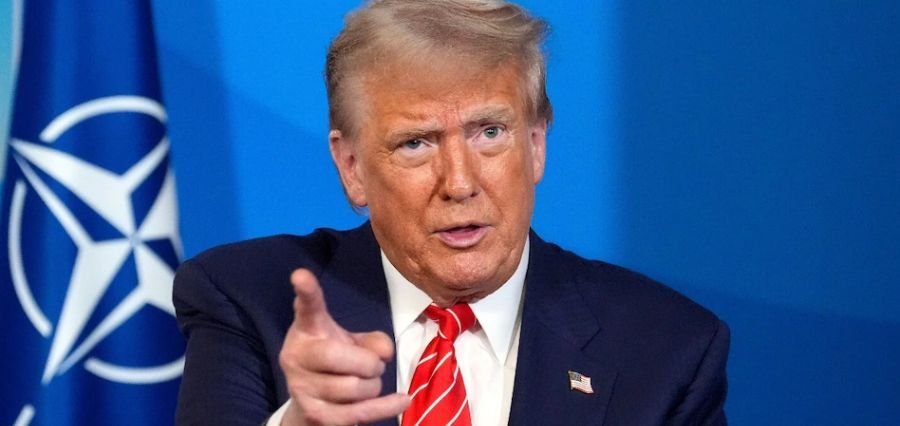Prime Highlights
- US President Donald Trump achieves a fresh trade agreement with Vietnam, reducing proposed tariffs and increasing US exports.
- The agreement throws Vietnamese market access wide open with no limitations while targeting Chinese transshipments.
Key Facts
- Vietnamese products will now have a tariff of 20% in the US versus the initially proposed 46%.
- American SUVs, medical equipment, and agriculture products will enter Vietnam free of duty.
Key Background
In a major step prior to his tariff deadline on July 9, President Donald Trump has proposed a new Vietnam trade deal. The “Trump Vietnam Trade Deal” lowers the suggested 46% Vietnamese tariff on imports to 20%, a major backdown to maintain bilateral economic relations without encouraging transshipping of Chinese products through Vietnam. Suspected transshipped Chinese products in an attempt to escape US tariffs will continue to face a 40% tariff.
Vietnam will, according to the deal, grant Americans unencumbered access to its markets for American products tariff-free and duty-free. That covers major US exports such as automobiles, health equipment, and produce from farms—peaches, nectarines, and walnuts—to be later specified. It is a big boost to US farmers and business because it links a rapidly expanding Southeast Asian market with no trade barriers.
Trump positioned the deal as an example for other trade deals, implying that nations that would want to receive access to the US market will have to provide reciprocal terms. The Vietnamese government approved the deal in official media, which reflects on cooperation and compliance. This is one aspect of Trump’s overall agenda of reshaping global supply chains to cut American dependence on China.
Economically, the agreement will most probably redirect trade flows. US fashion and apparel firms that depend on Vietnamese production—Nike and Lululemon, among others—moved immediately positively. Investors still factor in, however, the long-term effect of the 20% tariff. Strategically, the agreement thwarts one of China’s loopholes in circumventing tariffs by transshipping through Vietnam, which emerged as the backdoor hub of Chinese supply chains.
The agreement is the sequel to an analogous agreement between Trump and Britain and marks US’s return to trade negotiating position. In addition to bolstering Trump’s negotiating leverage in the wake of upcoming trade decisions, the agreement is also a threat to nations that facilitate Chinese market avoidance.
Read Also : LNG Canada Launches First Pacific LNG Export as Gaslog Glasgow Heads to Asia

